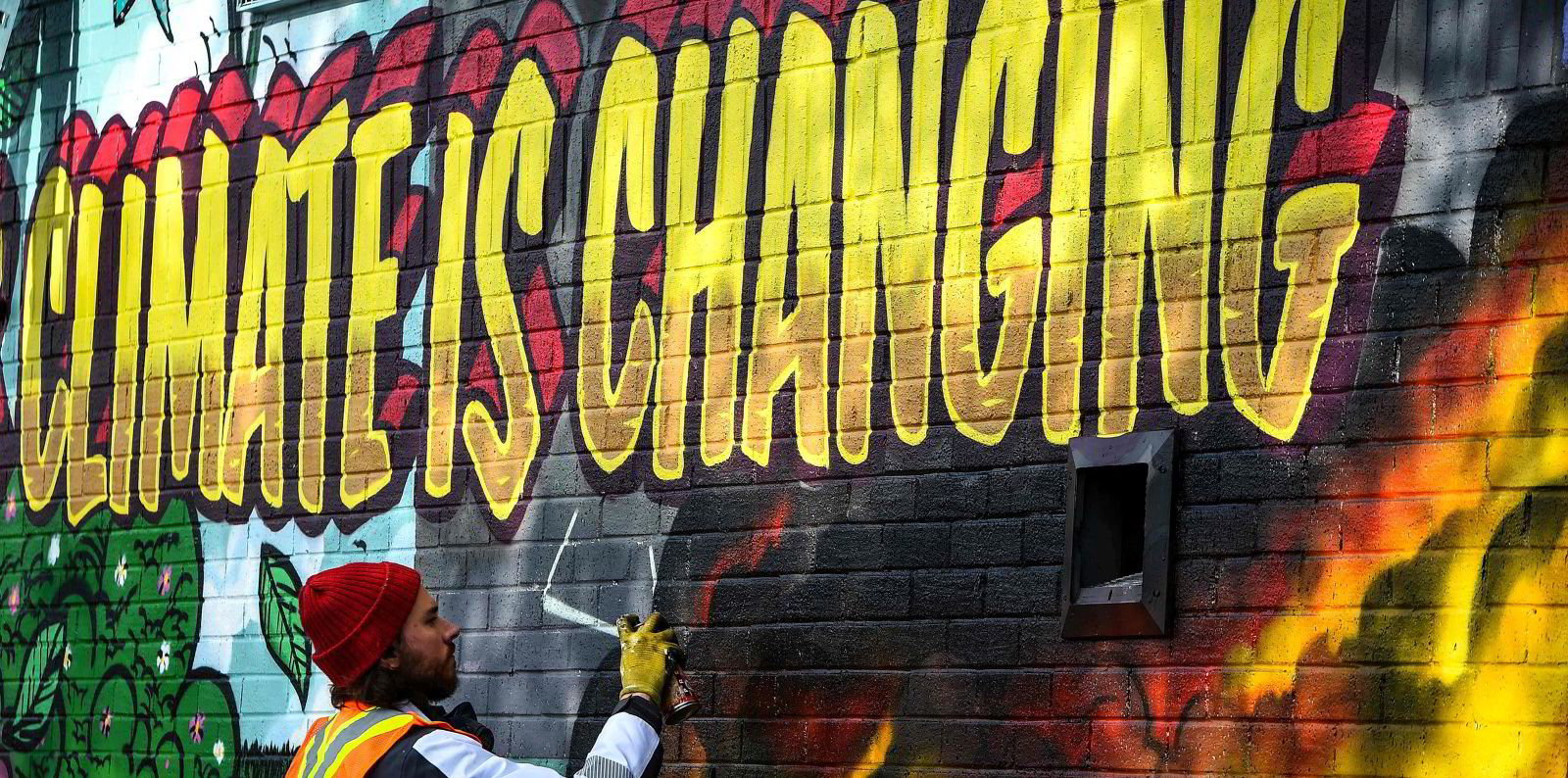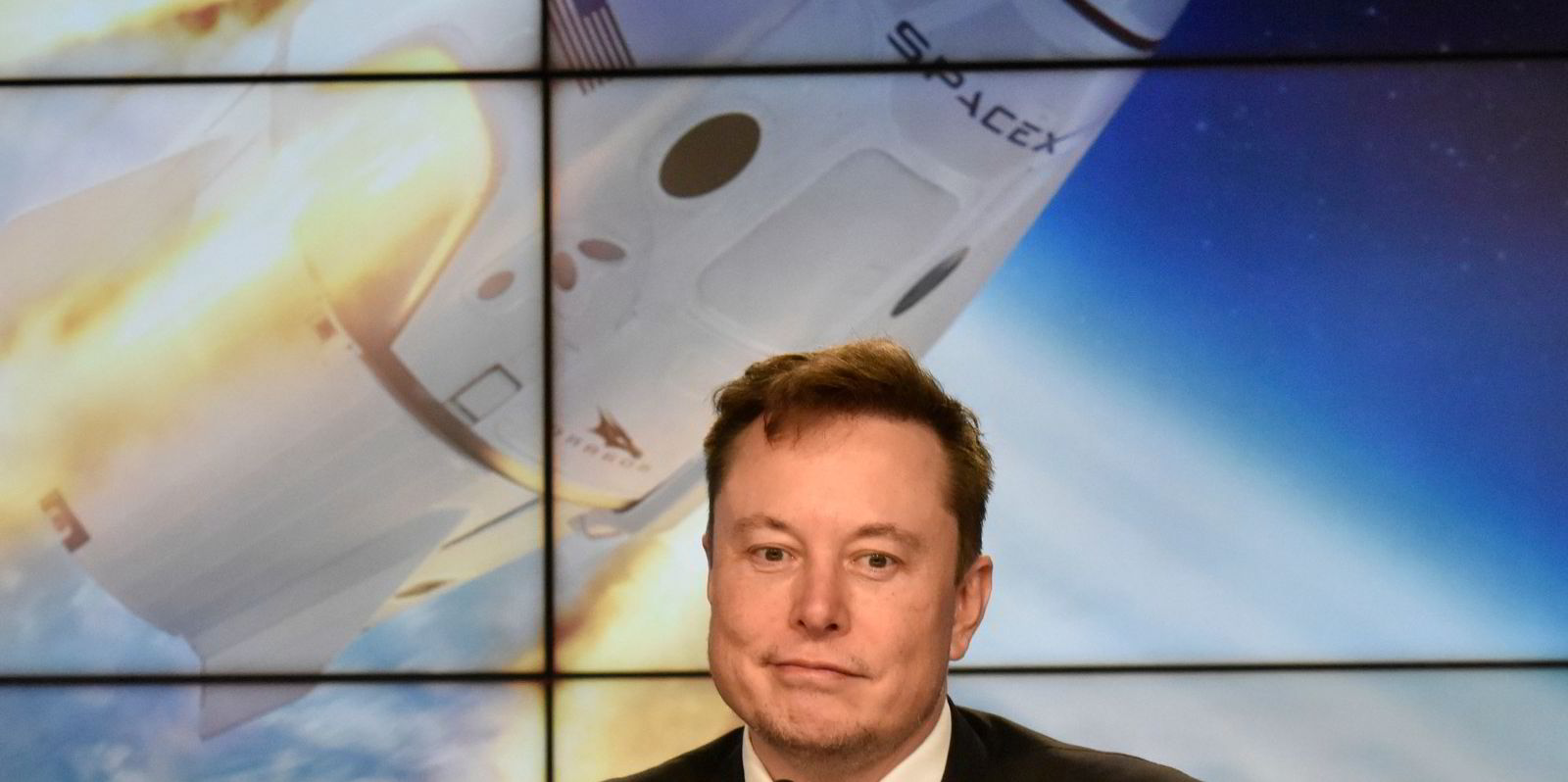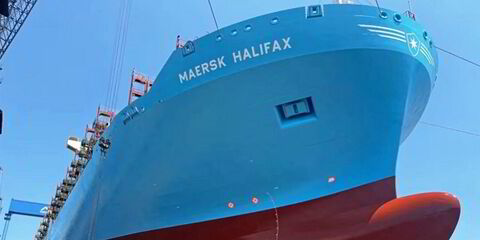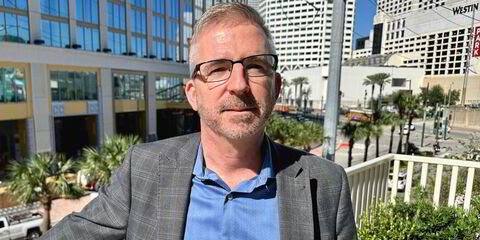COP26 is a unique meeting, for a unique challenge. Set against the backdrop of the Intergovernmental Panel on Climate Change report in August detailing how close we stand to an environmental precipice, it is clear the time for unified action is now.
Expectations are running higher than last summer's mercury levels, with an increasingly engaged global society expecting not just words, but progress. All eyes are focused on Glasgow.
There's no denying we all must act — but how? What will the outcome of the conference be for the maritime industry? How much political pressure will mount on shipping?
First things first. It is highly unlikely that COP26 will directly result in new regulations for the shipping industry.
What we will see is a bold ramping up of ambition, with concrete measures and actions to follow at a later stage (once agreed by the International Maritime Organization). Discussions will revolve around how to get nation states on board with more ambitious global targets, and it’s not hard to see why.
When the IMO announced its goal for shipping to halve emissions by 2050 and achieve carbon neutrality before 2100, the targets were, by and large, celebrated for their ambition.
That was 2018. Fast-forward to today and they look positively conservative in comparison to a European Union and US aiming for shipping to be carbon neutral by 2050, with China targeting 2060 for its land-based emissions. Now the current IMO ambitions appear out of sync.
So, expect pressure for all transport modes (sea, rail, air and road) to commit to stricter targets. People will ponder: why should shipping be the odd one out?
The IMO is working to revisit those original targets in a review in 2023. The likelihood is these will be pulled into a line clearly drawn at COP26. Who would be surprised if the decarbonisation target were brought forward? After all, the governments gathering in Glasgow are the same ones that are members of the IMO. So, why would there be a disparity of ambition?

It is also important to remember that it is not all down to regulations. There has been a clear move from commercial interests to put the environment at the top of the agenda, with bold new requirements from financiers, charterers and cargo owners. They may end up defining the decarbonisation trajectories as much as regulators, and shipowners and operators have to determine the right course to satisfy increasingly complex demands.
So, how will nations manoeuvre at COP26 to create a structure for change? Here is where the finer details of upcoming discussions come into play.

Firstly, governments will be asked to set their Nationally Determined Contributions (basically how much they will cut their emissions) and agree to how often they will update those commitments.
Then there will be a focus on carbon markets — how to operationalise these to create an international framework for trading carbon (and offsetting emissions), which is an essential piece of the net-zero puzzle.
In addition, time will be devoted to boosting Climate Finance and the Green Climate Fund. Under the Paris Agreement, this was set at $100bn per year, but commitments are currently far below that. If the IMO rolls out market-based measures, the pressure will be on for some of shipping's levies and taxes to flow into the fund. But will they flow back to help our own green transition? These are technical matters but essential to progress.
In terms of the bigger picture, if shipping is to aim for 2050, it needs assistance, just as other transport modes do. When we're all expected to move together in the same direction, that creates an enormous demand for low and zero-carbon fuels, not to mention an urgent need for cross-sector collaboration, research, technology development and piloting.
At the end of the day, or the conference, this is all about working together — creating a unity of purpose. By doing so, we can develop the technology, create the alternative fuels (and infrastructure) and drive the necessary levels of investment.
At COP26, the pressure will be on for us all to work as one, as an industry and with other sectors and society, to turn targets into achievements. This collaboration is our one true "fuel of the future".
So, expect a new level of ambition after COP26. The world demands it.
Knut Orbeck-Nilssen is chief executive of the DNV Maritime division
Do you have an opinion to share? Email: news@tradewindsnews.com






